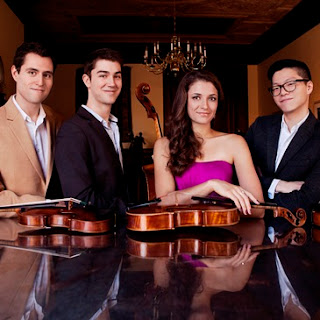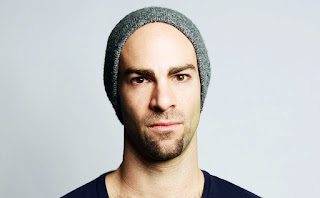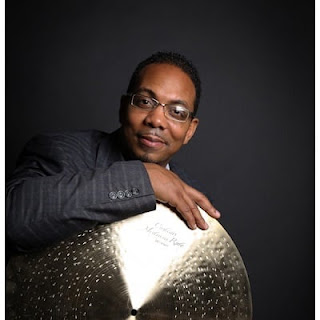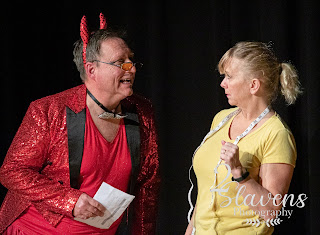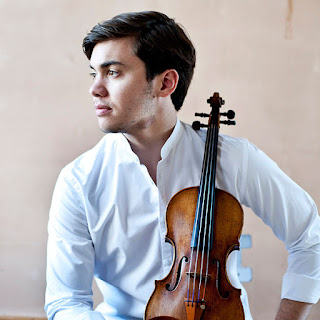'Fiddler' without voices: Kelly Hall-Tompkins takes a holiday
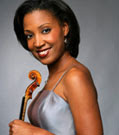
Part of the aura of "Fiddler on the Roof" into which Kelly Hall-Tompkins stepped about five years Kelly Hall-Tompkins ago is its status as an enduring monument of the American musical stage. In the title role, the violinist's association with a revived Broadway production of the 1964 hit musical has resulted in a clutch of arrangements (hers and chiefly Oran Eldor's) showcasing her virtuoso skills, usually with the accompaniment of accordion, double bass and guitar. The instrumentation keeps the folk flavor of the Jerry Bock-Sheldon Harnick music intact. It also reflects the sensitivity, wit, and pathos of Joseph Stein's book and its rootedness in stories by Sholem Aleichem about village life of Jews living under tsarist rule just after the turn of the 20th century. In a touring presentation Thursday night at Madam Walker Theater Center , Hall-Tompkins sailed through a selection of the musical adaptations she commissioned and, in the case of "If I Were a Ri
